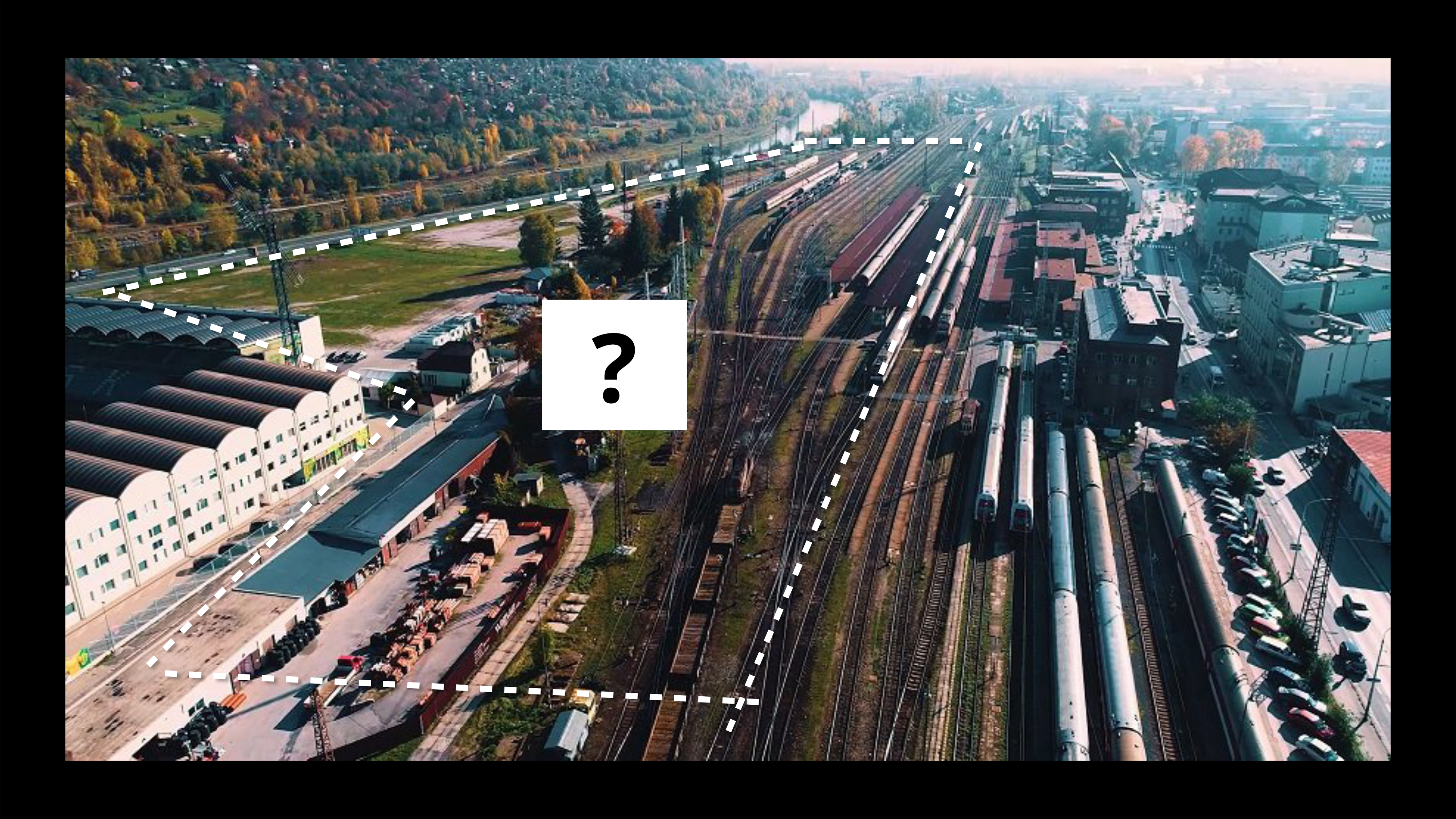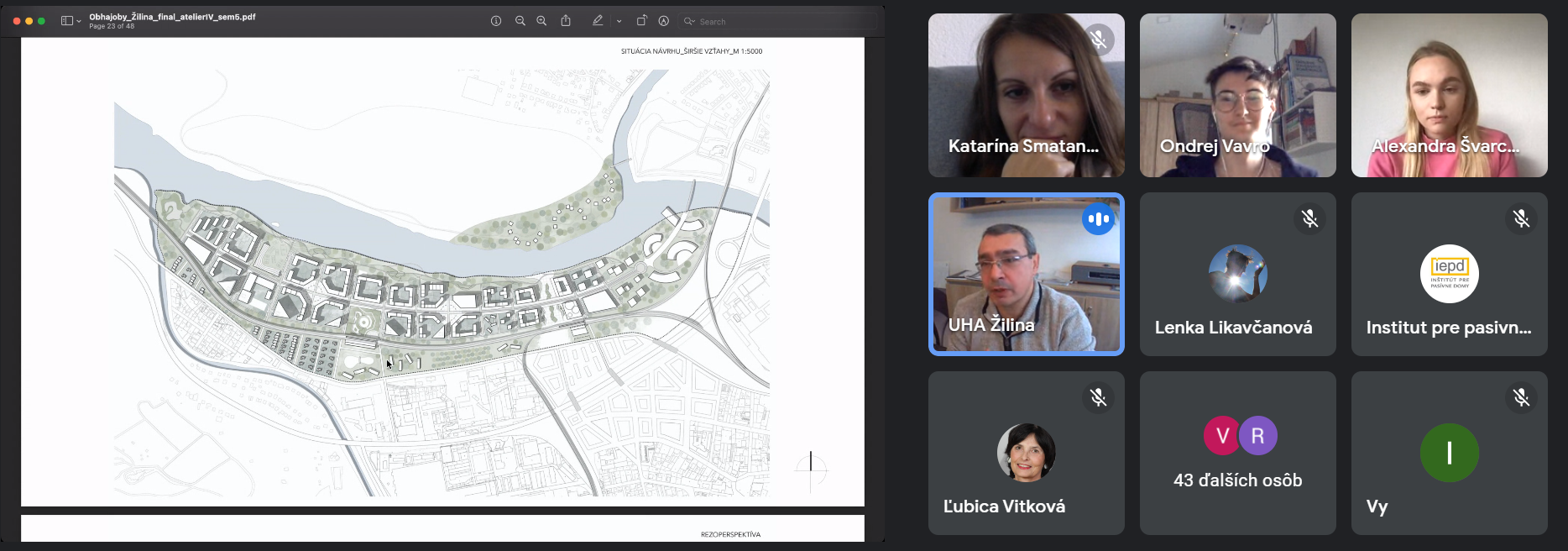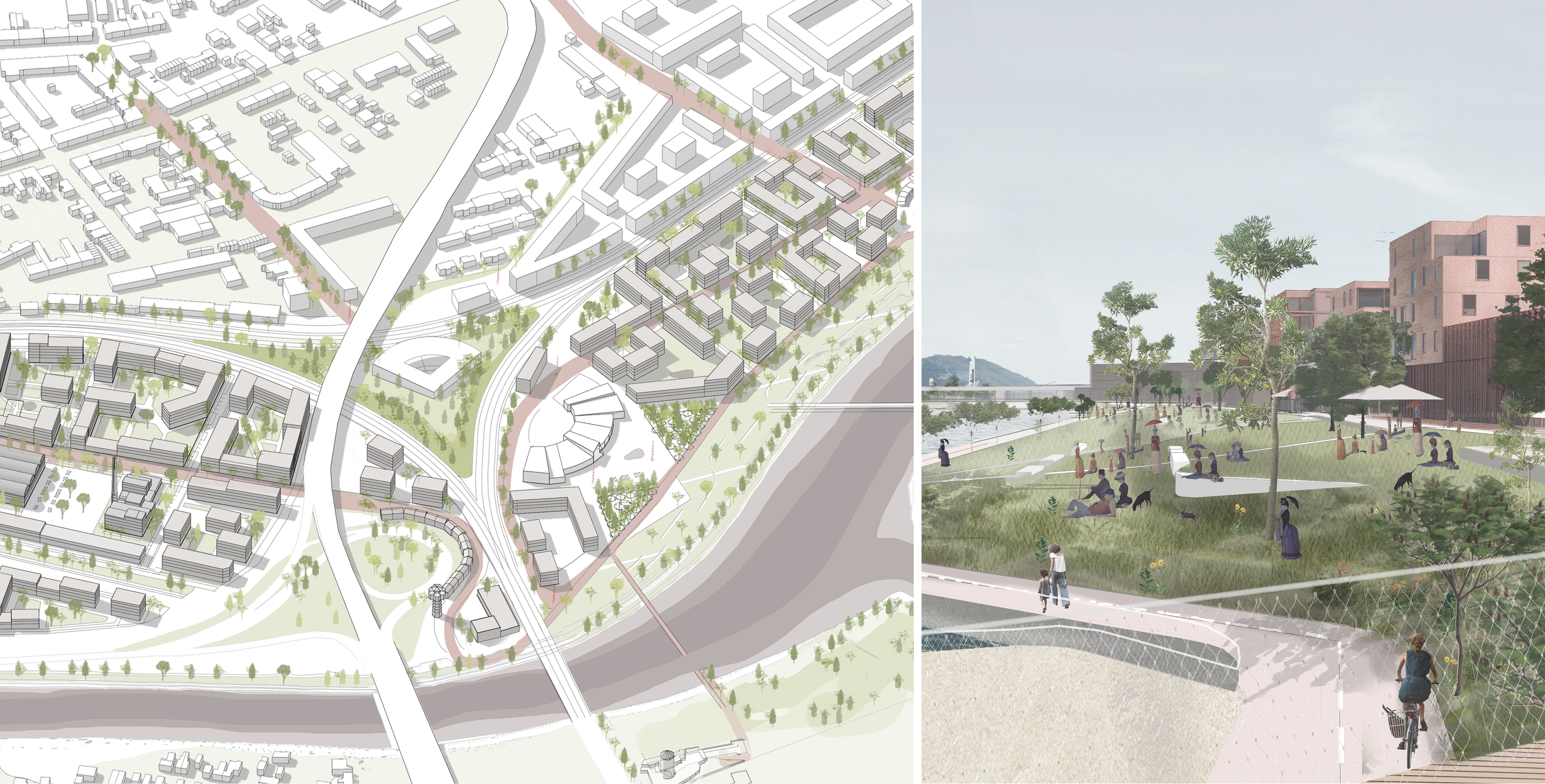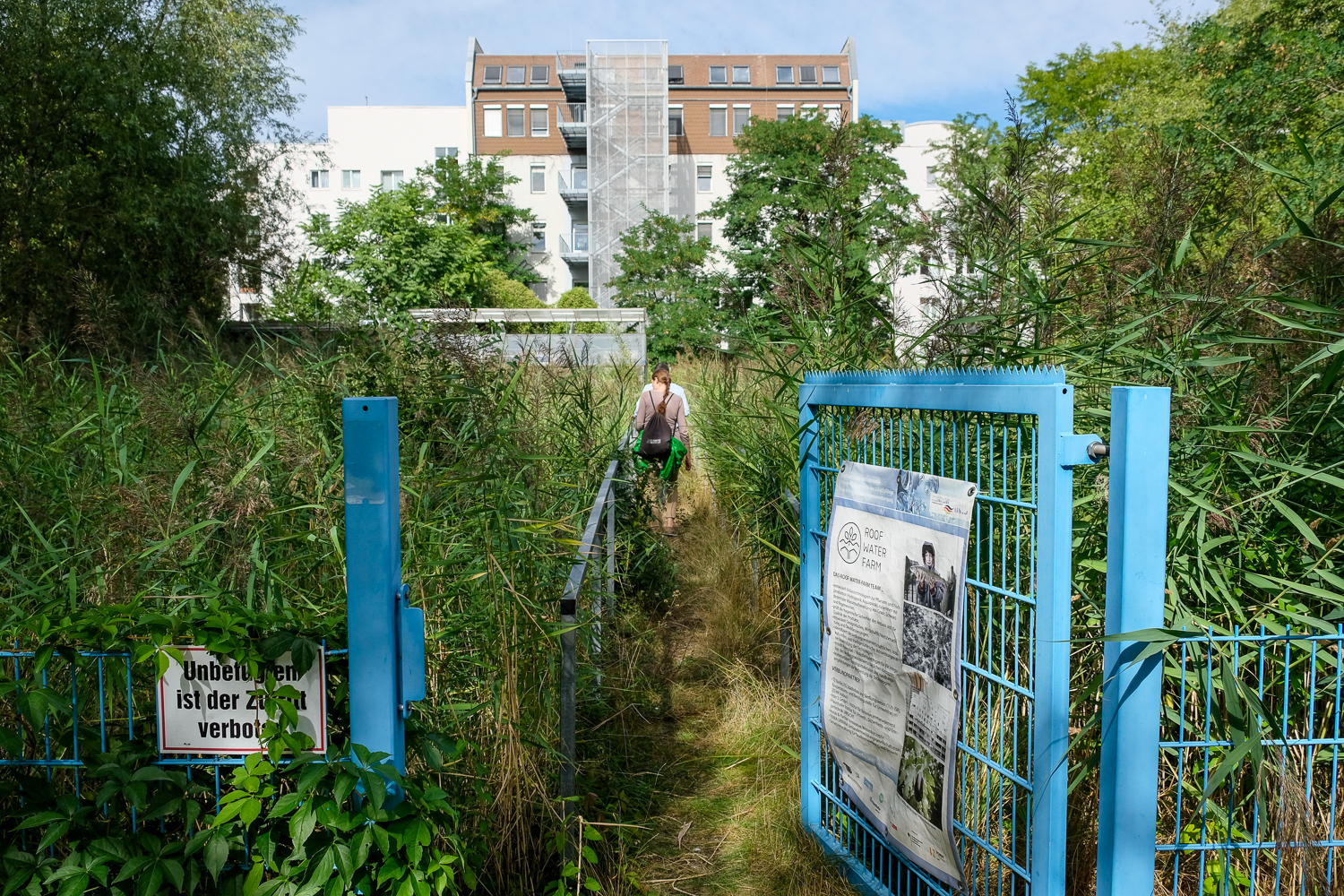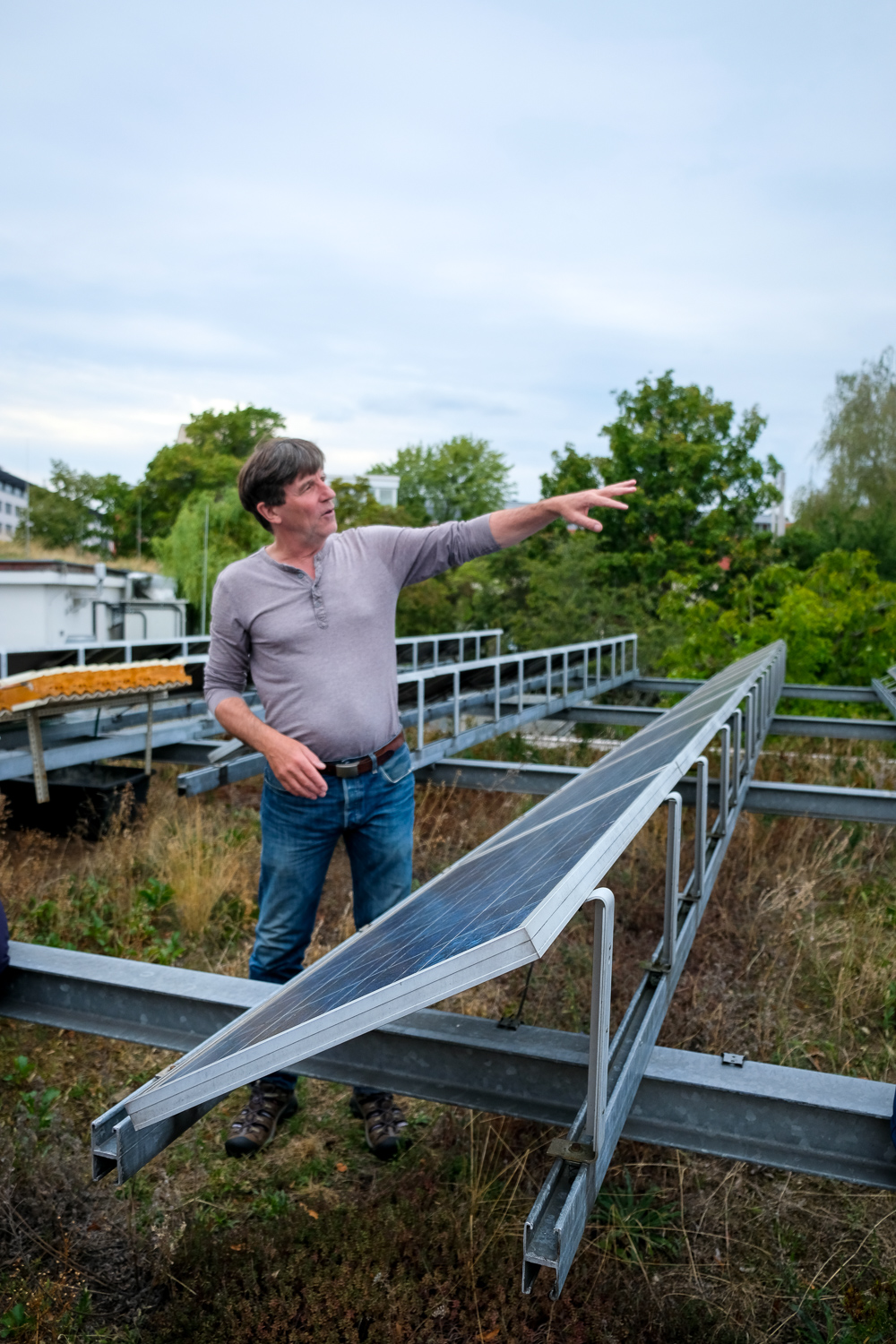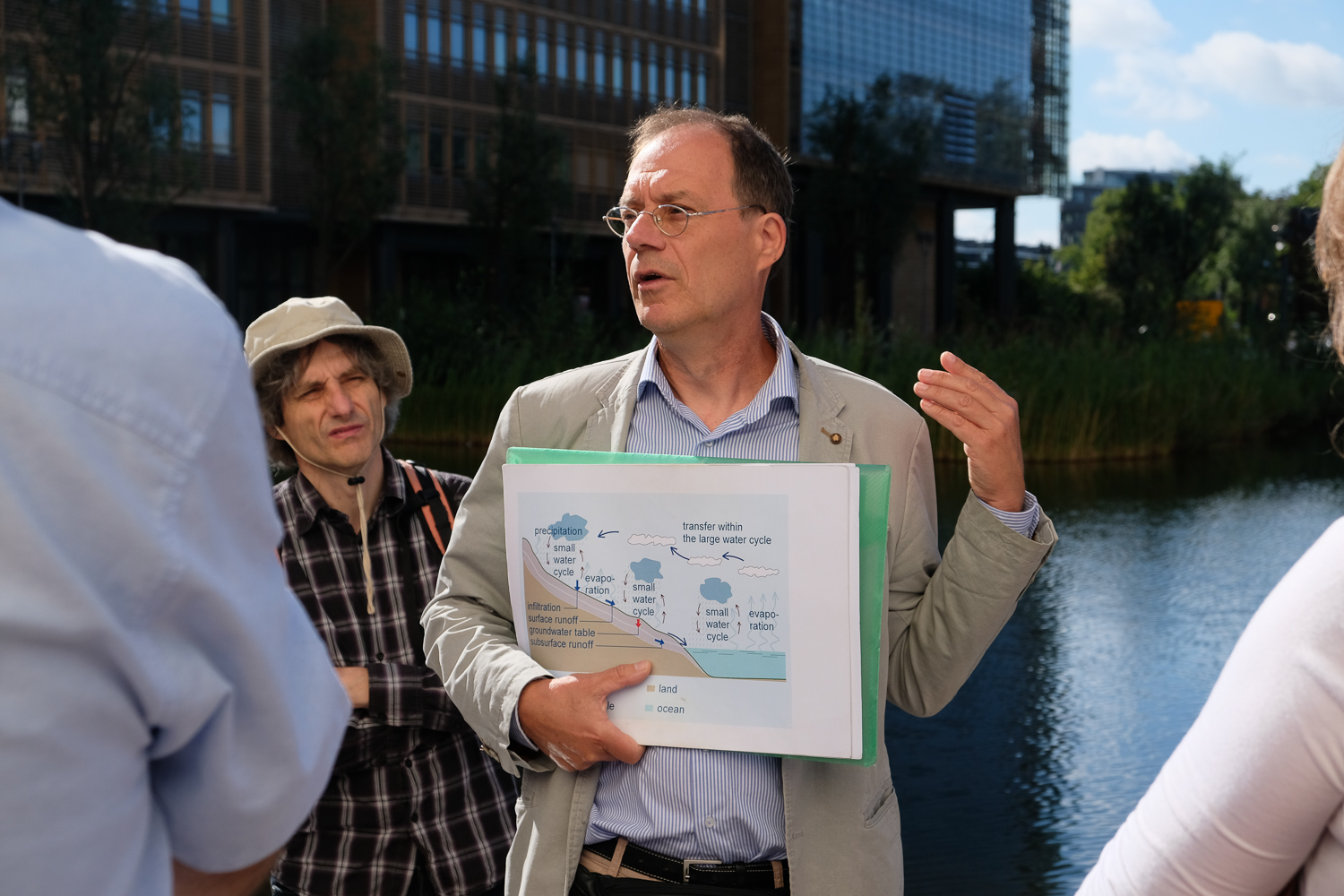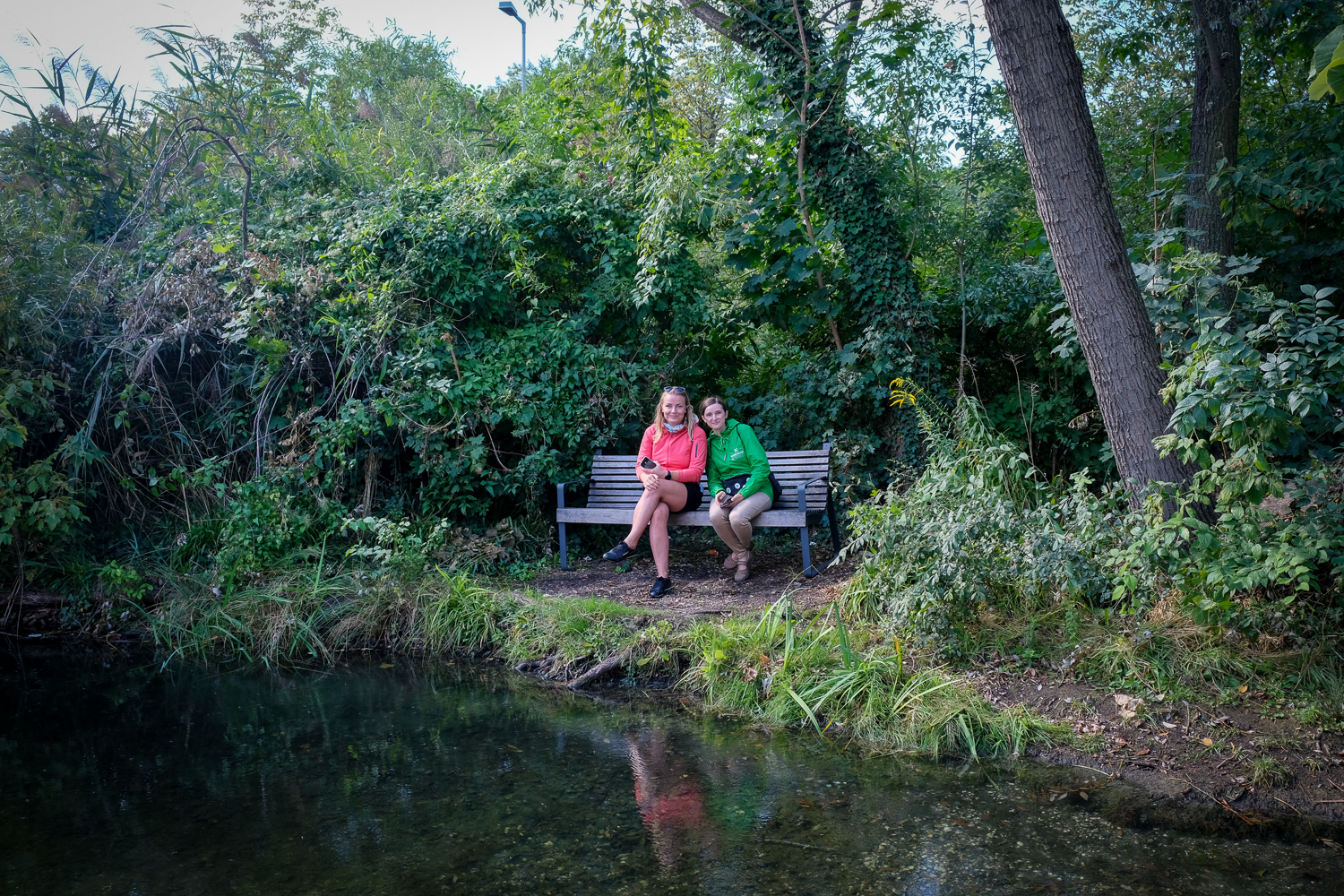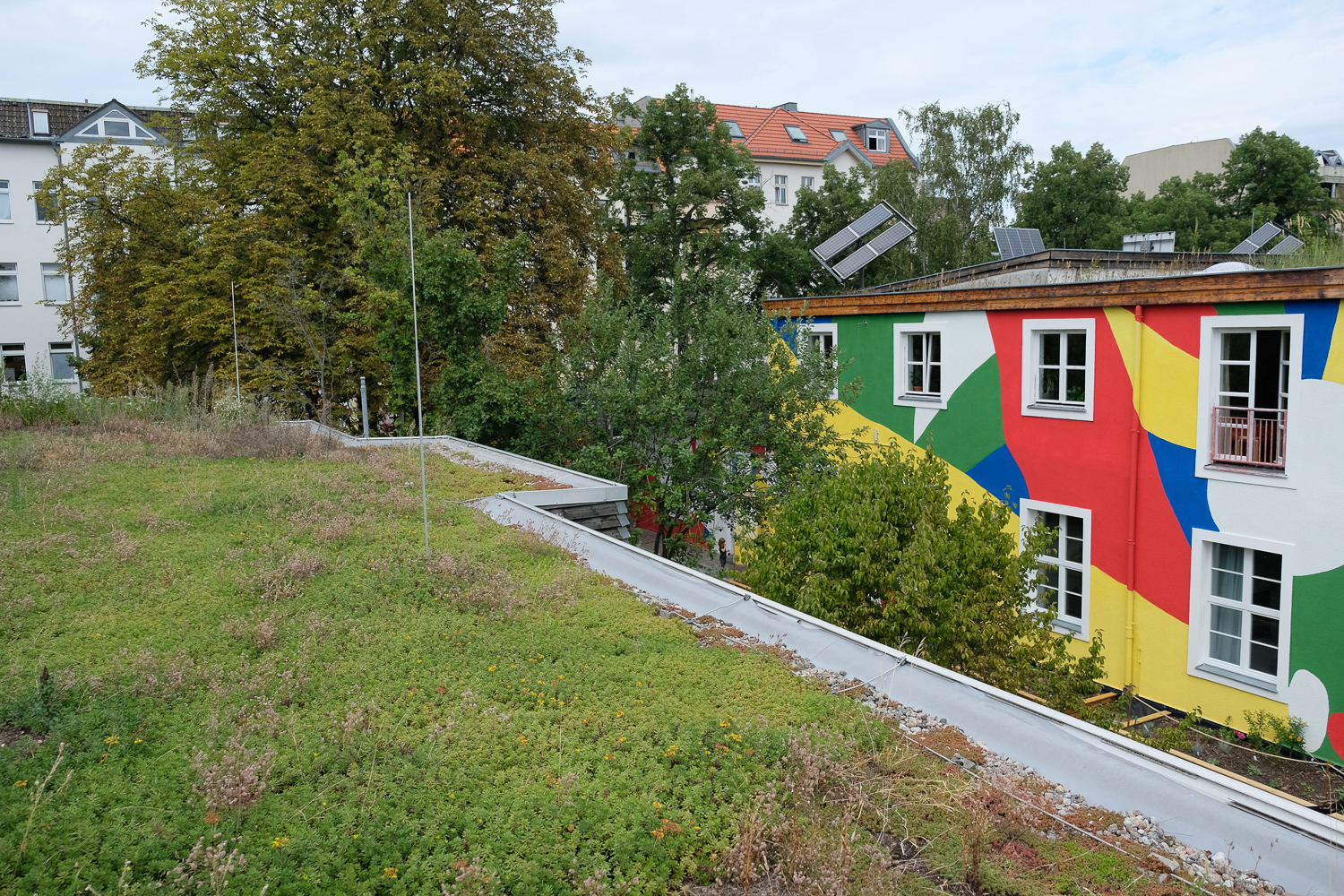Revitalisation Academy – Web Seminar Series: Energy Efficiency of Buildings, Districts, Cities and Funding Issues – a Summary by EDINA PROJECT.
On behalf of the Institute of Urban and Regional Development and our partners in the EDINA project: Housing Initiative for Eastern Europe (IWO e.V.) and Energy Conservation Foundation (FPE) we organized the 9 Days Web Seminar Series concerning three thematic blocs:
- Energy–efficient housing renovation in regeneration areas (building level),
- Smart cities (city-level),
- Climate-neutral city quarter (district level).
Further Information
We organized 9 webinar sessions to which we invited 12 speakers from Poland and 10 speakers from abroad. About 415 participants in total participated in all webinar sessions:
- officials from 53 cities/municipalities such as: Legnica, Płock, Włocławek, Sopot, Bytom, Przasnysz, Szczucin, Gnojnik, Sokołów Podlaski, Nowy Targ, Tarnów, Głogówek, Pleszew, Polkowice, Marki, Pułtusk, Bydgoszcz, Krasnobród, Hajnówka, Oświęcim, Marków Podhalański, Łódź, Olkusz, Zawiercie, Nysa, Radom, Katowice, Inowrocław, Rzeszów, Walim, Toruń, Olkusz, Pałecznica, Wrocław, Rumia, Puck, Trzyciąż, Alwernia, Poznań, Grudziądz, Leszno, Bieruń, Ostrów Mazowiecka, Piastów, Kalisz, Gdańsk, Ełk, Nysa, Bielsko-Biała, Słupsk, Żyrardów.
- property owners, property managers, housing cooperatives, TBS rental housing association, NGOs, experts from 33 cities like Szczecin, Lublin, Opole, Puck, Tarnów, Legnica, Zielona Góra, Wałbrzych, Koszalin, Zawiercie, Ełk, Walim, Kalisz, Nowy Sącz, Nysa, Polkowice, Busko Zdrój, Połaniec, Tarnów, Poznań, Gliwice, Wrocław, Warszawa, Lubin, Kłaczyna, Tarnowskie Góry, Kraków, Łódź, Ozimek, Gdańsk, Rzeszów, Łomża, Olsztyn.
We prepared in total:
- 3 webinar sessions in English with 9 foreign speakers. Webinar sessions were translated into Polish using simultaneous translation,
- 6 webinars with 10 Polish speakers.
19 presentations were presented during the Revitalisation Academy.
Our guests shared their knowledge on the energy-efficient renovation of residential buildings, public buildings, and the integrated approach to the revitalisation process of neighborhoods (districts) in cities and they presented examples of smart cities. At the end of each presentation, there was time to ask questions and exchange experiences.
Topics raised by international speakers:
- The way to integrate energy-efficient housing renovation and urban regeneration – Prof. Christoph Wessling Technical University Berlin, Institute for Urban and Regional Planning, Insar consult (Berlin, Germany).
- Great examples of integration of deep renovation and urban regeneration: Trevor Graham Director at Urbanisland (Malmö, Sweden).
- Great examples of integration of deep renovation and urban regeneration: Eglė Randytė Managing Director at Renew the City (Vilnius, Lithuania).
- Climate-neutral quarters: inspirations and learnings: Laura Bornemann insar consult – spatial planning, architecture, and regional development.
- Serial Refurbishment – path to reach climate-neutral quarters: Peep Pihelo University of Tallinn.
- PRO-Heritage – „Best Practice Examples for Energy Efficient Historic Buildings”. Best Practice projects regarding Energy Efficiency and Renewables for Cultural Heritage and Renewables for Cultural Heritage: Reinhold Sahl – CEO Burghauptmannschaft, Coordinator, Pedro Vaz – Chief Architect Presidency Portugal.
- PRO-Heritage – „Best Practice Examples for Energy Efficient Historic Buildings”. Cultural Heritage and its climate protection function: Gerald Wagenhofer – Project manager, Managing Director UBW.
- PRO-Heritage – „Best Practice Examples for Energy Efficient Historic Buildings”. Energy Efficency Skills for Cultural Heritage: Karin Novotny – Communication officer PRO-Heritage.
- PRO-Heritage – „Best Practice Examples for Energy Efficient Historic Buildings”. Certification and Validation of traditional skills for Cultural Heritage: Graham Bell, Director of Cultura Trust, tentative.
Topics raised by Polish speakers:
- Deep renovation of multifamily buildings – financial and regulatory aspects; A. Rajkiewicz – Energy Conservation Foundation.
- The role of the property manager in the process of thermal insulation: Jacek Janas – Real Estate Federation.
- Energy management service in municipal buildings – concept, methods, exemplary implementation: Tomasz Kułakowski – Energy auditor, Marek Amrozy – Head of Energy Efficiency Department. National Energy Conservation Agency.
- Case study – IMPERIUS – cloud platform in the project Smart City – Smart management of energy and water consumption for urban facilities on the example of the SMiS project in Katowice: Michał Biniecki – Branch Manager PROMAR SP Z o.o. in Chorzów City, Daniel Wolny – Head of the Energy Management Office, Katowice City Hal.
- Energy-efficient and passive buildings on selected examples of local authority investments: M. Pierzchalski – National Eenergy Conservation Agency.
- Heat supply problems regarding buildings in cities: Jerzy Kasza – Kelvin sp. z o.o. Bielsko Biała.
- Cooperation between the city and a heating company on the example of VEOLIA Energia Łódź: Marcin Kwiatos – VEOLIA Energia Łódź.
- Sendzimir Foundation – presentation, discussion of the project “Mitigation of climate change in historic buildings”: Ewelina Pękała – Sendzimir Foundation.
- Renovation and thermo-modernization of historic buildings: Dr arch. Tomasz Jeleński Politechnika Krakowska (Technical University, Krakow).
- Alternative forms of financing photovoltaic investments in local government units: implementation of investments in the ESCO (Energy Service Company) model with the participation of private capital, practical aspects of KAPE’s pilot programme “Sun for Commune”, implemented in cooperation with local government units from 2021, possibilities to use RES under PPA (Power Purchase Agreement). Marcin Cichowicz – The Polish National Energy Conservation Agency (KAPE).
The moderators of the meetings were:
Inga Rovbutas – Project Junior Expert (Housing Initiative for Eastern Europe (IWO e.V.))
Maciej Mijakowski – Project Expert (Energy Conservation Foundation)
Katarzyna Rajkiewicz – Project Expert (Energy Conservation Foundation)
Natalia Dziarmakowska – Junior Project Expert (Institute of Urban and Regional Development)
Emilia Grotowska – Administrative Coordinator (Institute of Urban and Regional Development)
Please find all recordings here:
- in Polish: https://edina.irmir.pl/nagrania-online-seria-12-webinariow/
- in English: https://edina.irmir.pl/recordings-12-webinar-series/
This project is part of the European Climate Initiative (EUKI). EUKI is a project financing instrument by the German Federal Ministry for Economic Affairs and Climate Action (BMWK). The EUKI competition for project ideas is implemented by the Deutsche Gesellschaft für Internationale Zusammenarbeit (GIZ) GmbH. It is the overarching goal of the EUKI to foster climate cooperation within the European Union (EU) in order to mitigate greenhouse gas emissions.

